Philip Lenz
CEREALS - Cost-Effective REgion-based Active Learning for Semantic Segmentation
Oct 23, 2018

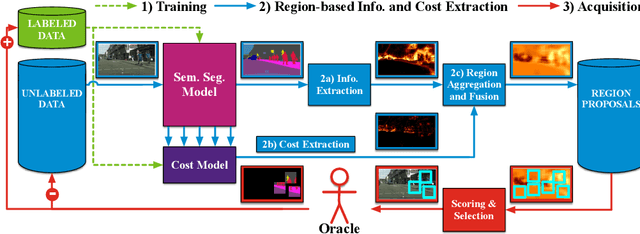
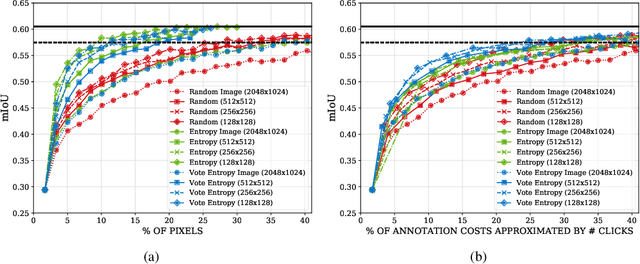
Abstract:State of the art methods for semantic image segmentation are trained in a supervised fashion using a large corpus of fully labeled training images. However, gathering such a corpus is expensive, due to human annotation effort, in contrast to gathering unlabeled data. We propose an active learning-based strategy, called CEREALS, in which a human only has to hand-label a few, automatically selected, regions within an unlabeled image corpus. This minimizes human annotation effort while maximizing the performance of a semantic image segmentation method. The automatic selection procedure is achieved by: a) using a suitable information measure combined with an estimate about human annotation effort, which is inferred from a learned cost model, and b) exploiting the spatial coherency of an image. The performance of CEREALS is demonstrated on Cityscapes, where we are able to reduce the annotation effort to 17%, while keeping 95% of the mean Intersection over Union (mIoU) of a model that was trained with the fully annotated training set of Cityscapes.
FollowMe: Efficient Online Min-Cost Flow Tracking with Bounded Memory and Computation
Dec 25, 2014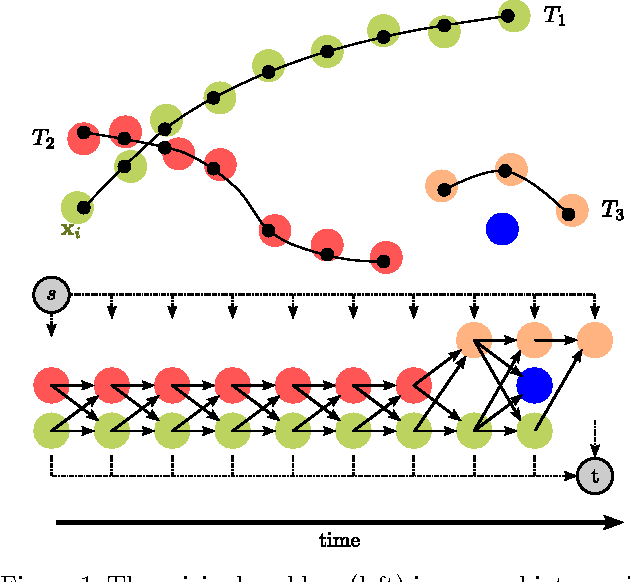
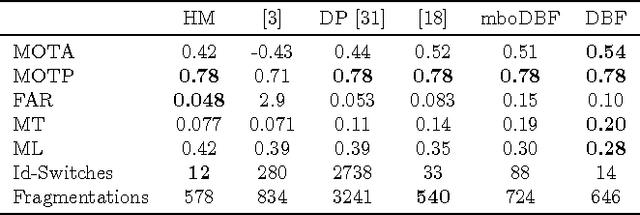
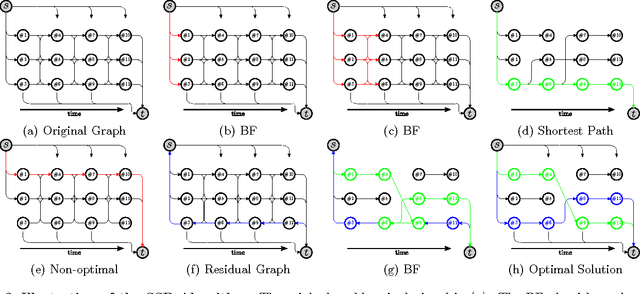
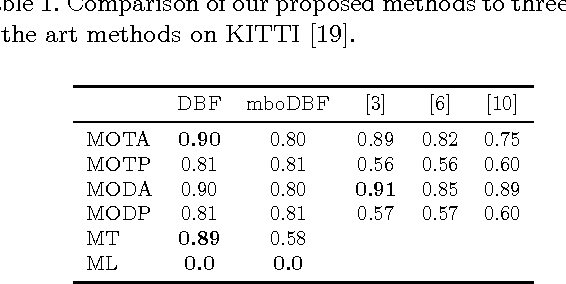
Abstract:One of the most popular approaches to multi-target tracking is tracking-by-detection. Current min-cost flow algorithms which solve the data association problem optimally have three main drawbacks: they are computationally expensive, they assume that the whole video is given as a batch, and they scale badly in memory and computation with the length of the video sequence. In this paper, we address each of these issues, resulting in a computationally and memory-bounded solution. First, we introduce a dynamic version of the successive shortest-path algorithm which solves the data association problem optimally while reusing computation, resulting in significantly faster inference than standard solvers. Second, we address the optimal solution to the data association problem when dealing with an incoming stream of data (i.e., online setting). Finally, we present our main contribution which is an approximate online solution with bounded memory and computation which is capable of handling videos of arbitrarily length while performing tracking in real time. We demonstrate the effectiveness of our algorithms on the KITTI and PETS2009 benchmarks and show state-of-the-art performance, while being significantly faster than existing solvers.
 Add to Chrome
Add to Chrome Add to Firefox
Add to Firefox Add to Edge
Add to Edge